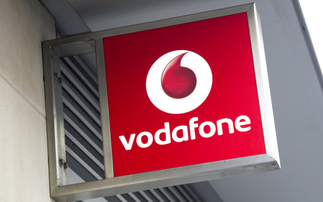2008 started well, but crashed in the third and fourth quarters
Mobile phone growth declined 10 per cent in the final three months of 2008 The mobile phone market took a serious hit in the second half of last year, as the economy spiralled downwards and many ...
To continue reading this article...
Join Computing
- Unlimited access to real-time news, analysis and opinion from the technology industry
- Receive important and breaking news in our daily newsletter
- Be the first to hear about our events and awards programmes
- Join live member only interviews with IT leaders at the ‘IT Lounge’; your chance to ask your burning tech questions and have them answered
- Access to the Computing Delta hub providing market intelligence and research
- Receive our members-only newsletter with exclusive opinion pieces from senior IT Leaders



















